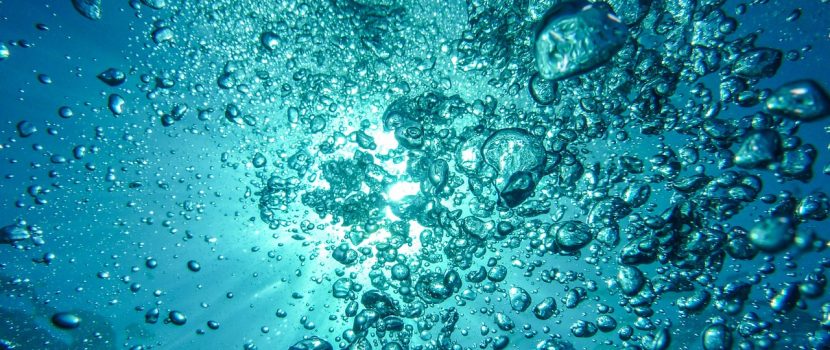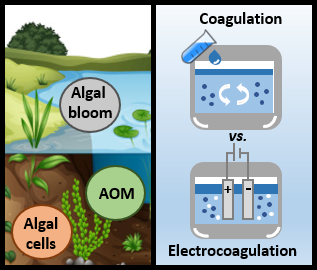
Electrocoagulation Treatment of Drinking Water
Electrocoagulation is a very interesting and promising method, which, in specific cases, can be used as an alternative route to the most common water treatment technology, so-called chemical coagulation. Electrocoagulation effectiveness and perspective have been very well explored in the field of removing inorganic contaminants, especially dissolved metallic ions. However, in the field of algae and cyanobacteria products (Algal Organic Matter – AOM) removal, its use has so far been neglected despite the fact that these toxins are removed using standard chemical coagulation with an interesting efficiency. In this work, we focuse on a systematic literature review on this topic and come to the opinion that it could be a technologically interesting solution for AOM removal. However, it has also been proven that the studies published so far suffer from the inconsistency of the obtained data and approaches to the problem solution. Using the elements of reasoning, key aspects are identified indicating the direction in which research in this area should be focused. It is also introduced how a comparison with standard chemical coagulation should be made in order to determine the overall potential of electrocoagulation in removing AOM and other components of the natural organic matter in water (NOM).
Reference: Z. Krusinova, M. Prokopova, P. Krystynik, P. Kluson, and M. Pivokonsky, Is Electrocoagulation a Promising Technology for Algal Organic Matter Removal? Current Knowledge and Open Questions. ChemBioEng Reviews 10 (2023) 222 https://doi.org/10.1002/cben.202200049
The archive of other published articles can be found here
